
Stock Market Insights | Company Analysis | Value Investing | Trading Psychology | Behavioral Finance
4 subscribers
How to get URL link on X (Twitter) App

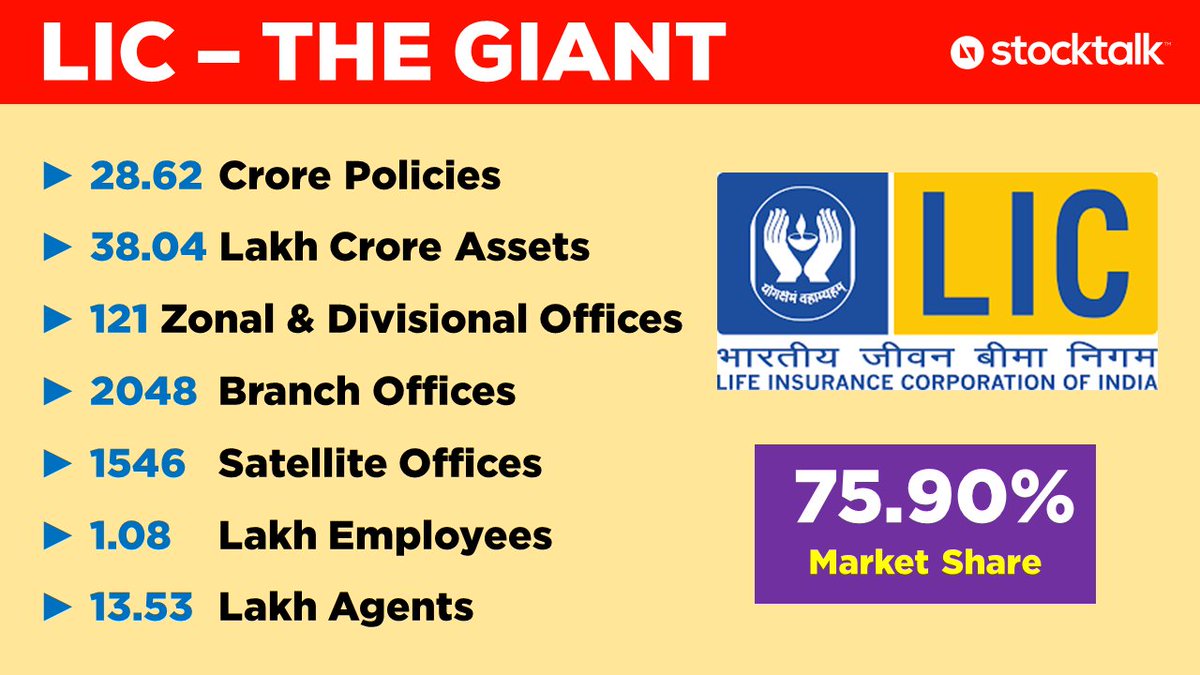
 ⭐️ #LIC THE GIANT (contd.)
⭐️ #LIC THE GIANT (contd.)
 Here's how most traders read the market depth:
Here's how most traders read the market depth: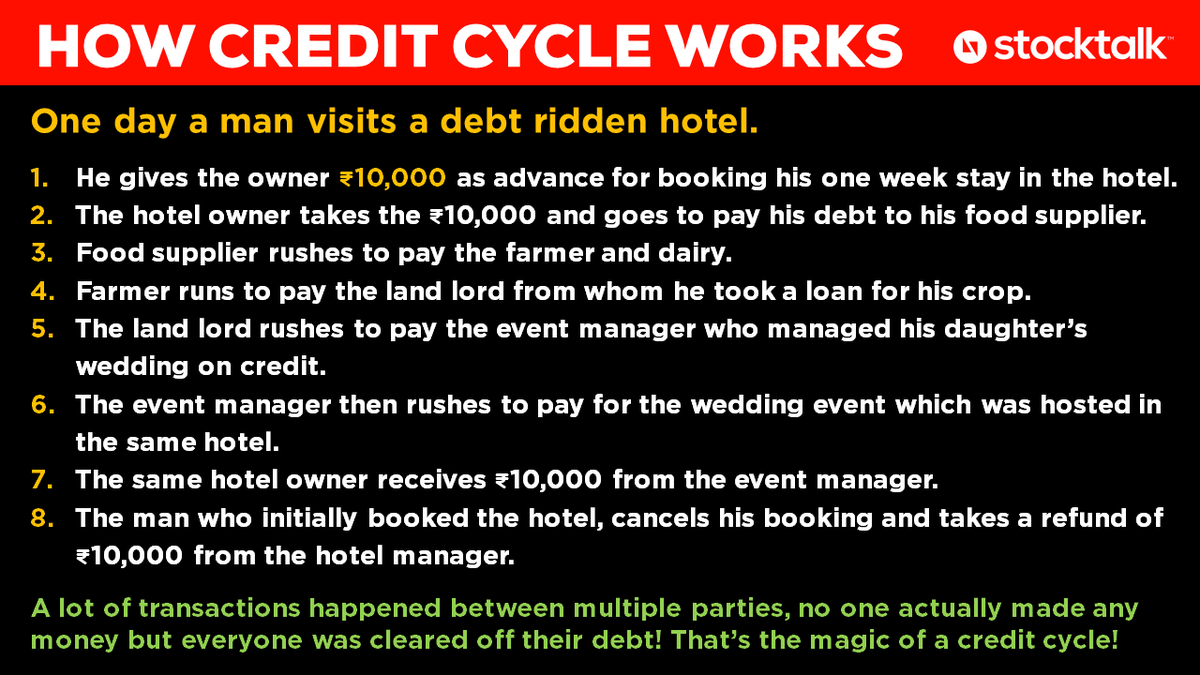
 3⃣ Food supplier rushes to pay the farmer and dairy.
3⃣ Food supplier rushes to pay the farmer and dairy.
https://twitter.com/stocktalk_in/status/1300435218537410561But that T+2 days cycle leaves a possibility of you transferring those shares to someone on Tuesday i.e. before the shares are debited from your demat on Wednesday.
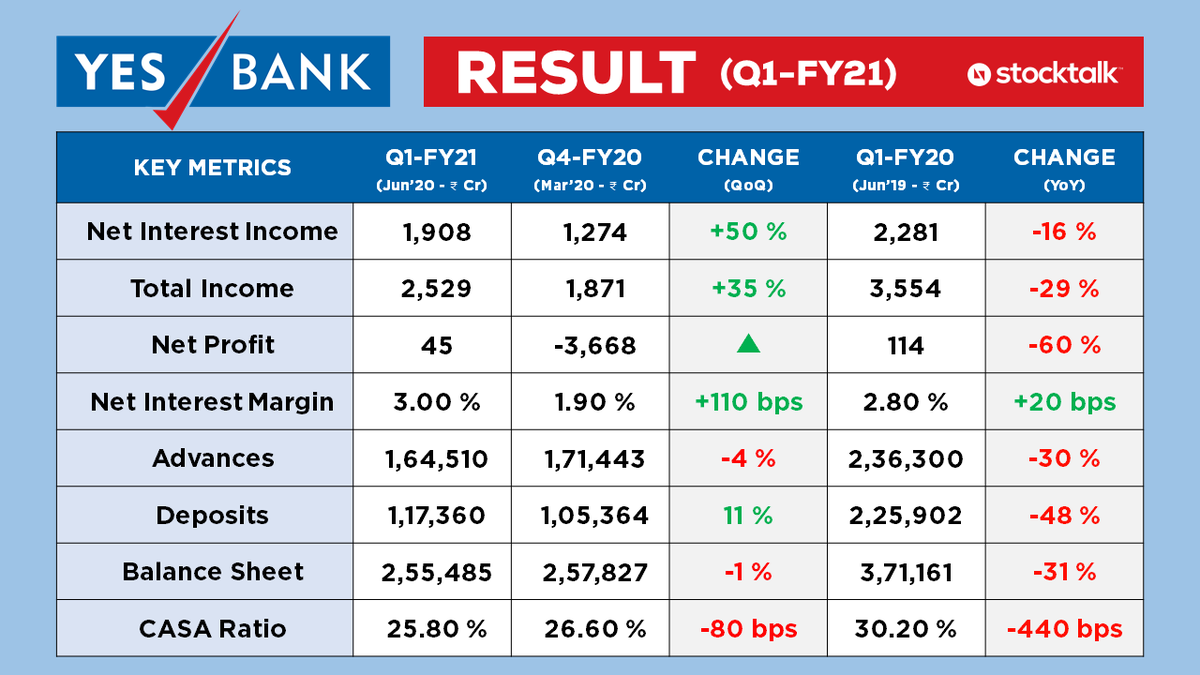
 ⚡️ #YESBANK RESULTS DECLARED!
⚡️ #YESBANK RESULTS DECLARED!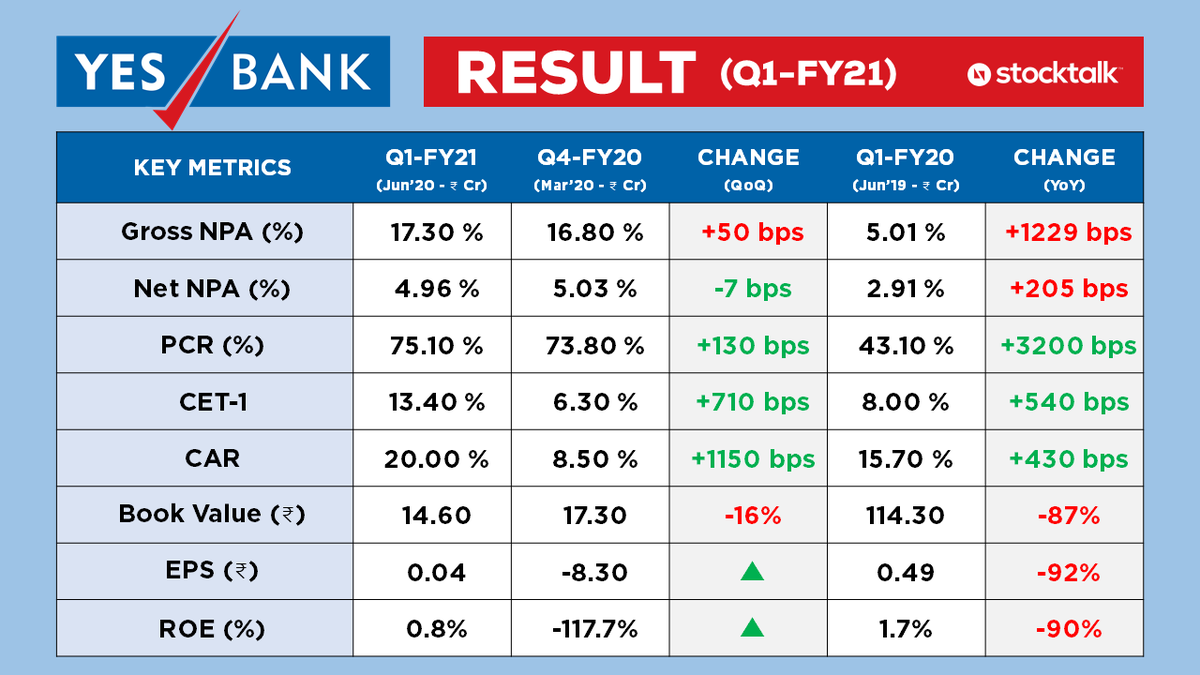

 🔸 Satyam Computers was a company listed on Indian as well as US stock exchanges (ADRs).
🔸 Satyam Computers was a company listed on Indian as well as US stock exchanges (ADRs).
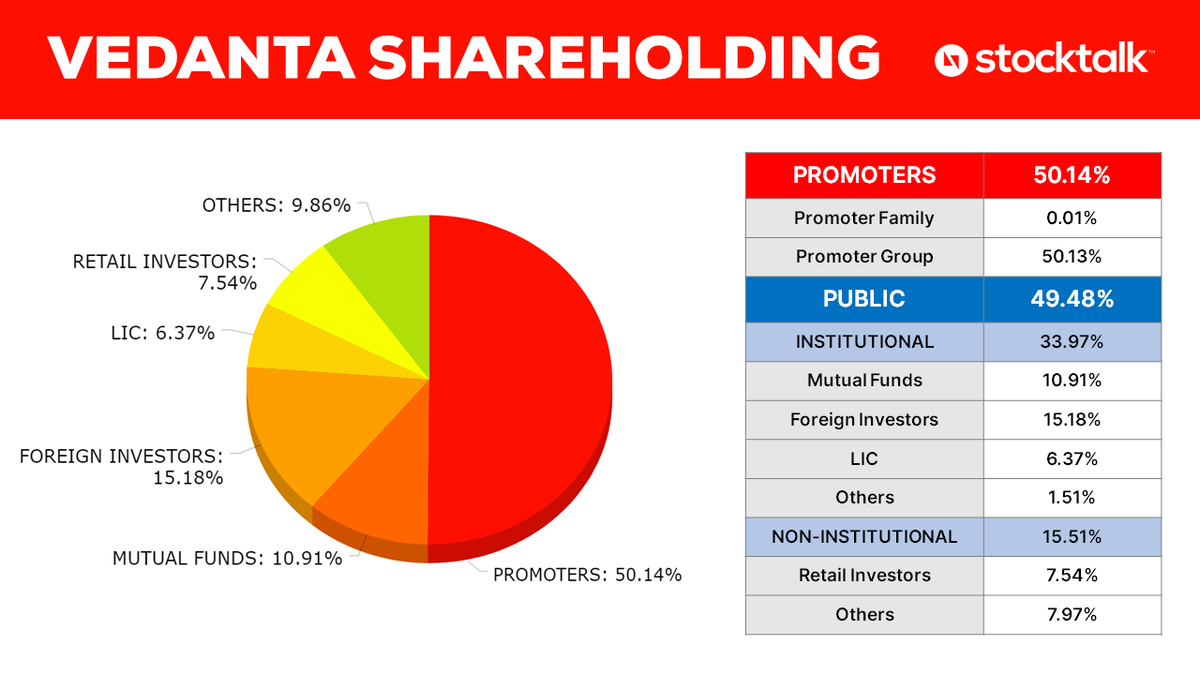
 #VEDANTA DE-LISTING:
#VEDANTA DE-LISTING: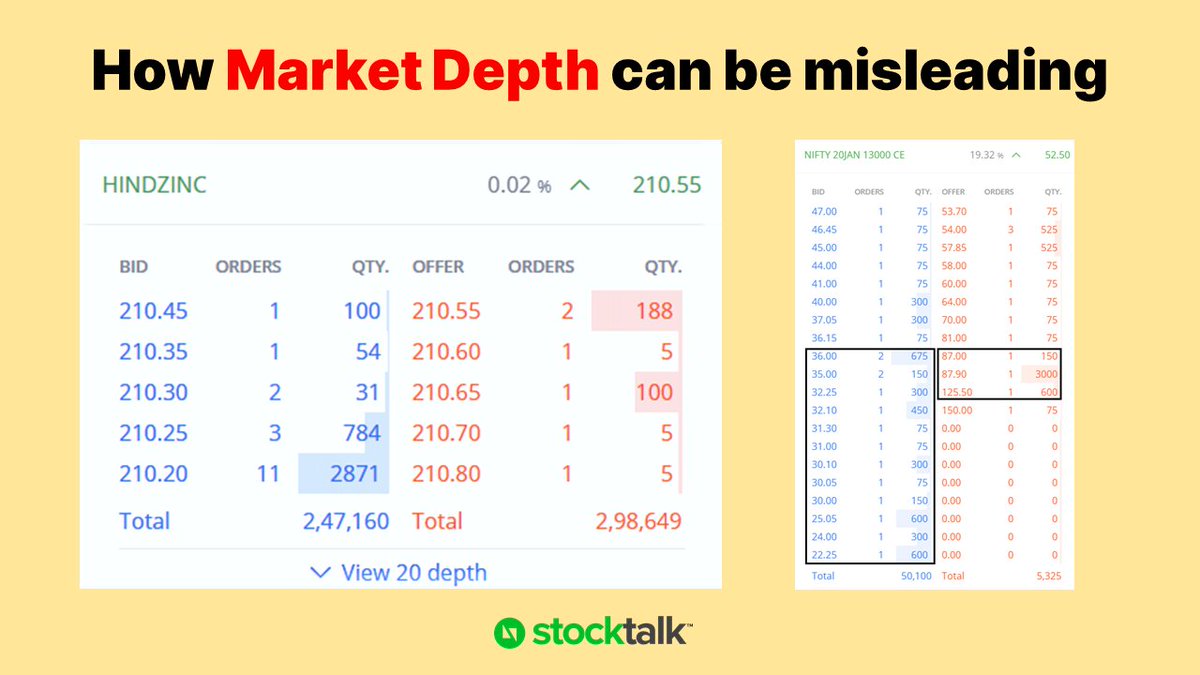
 🔸Here's how most traders read the market depth:
🔸Here's how most traders read the market depth: